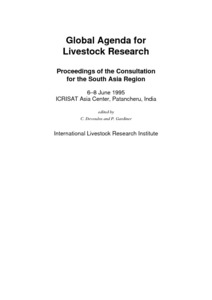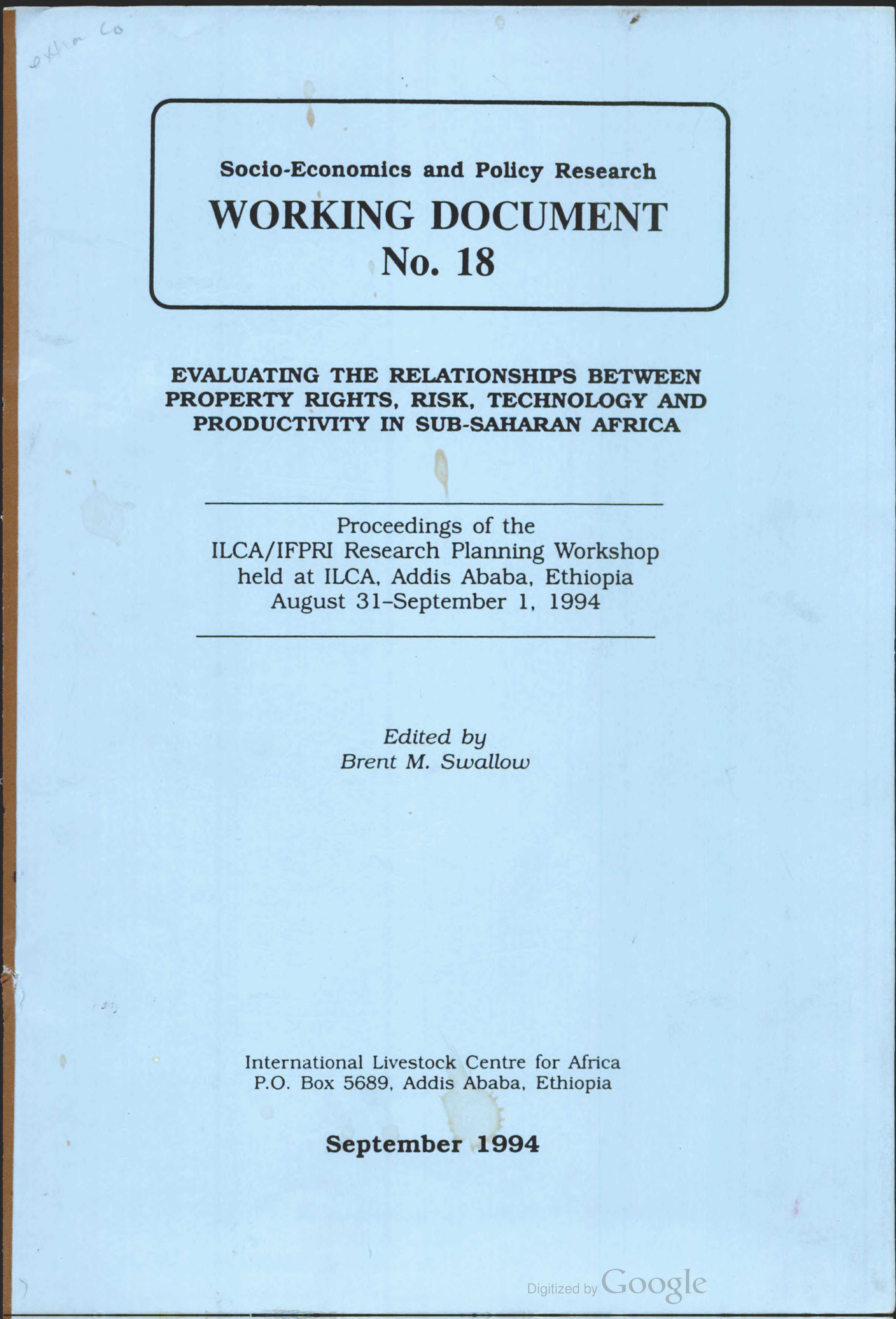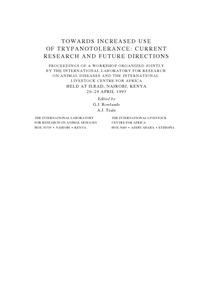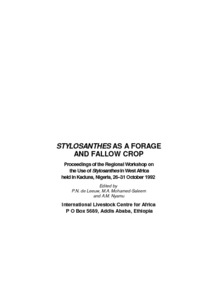Location
Vision, mission and strategy
ILRI's strategy 2013-2022 was approved in December 2012. It emerged from a wide processof consultation and engagement.
ILRI envisions... a world where all people have access to enough food and livelihood options to fulfil their potential.
ILRI’s mission is... to improve food and nutritional security and to reduce poverty in developing countries through research for efficient, safe and sustainable use of livestock—ensuring better lives through livestock.
ILRI’s three strategic objectives are:
- with partners, to develop, test, adapt and promote science-based practices that—being sustainable and scalable—achieve better lives through livestock.
- with partners,to provide compelling scientific evidence in ways that persuade decision-makers—from farms to boardrooms and parliaments—that smarter policies and bigger livestock investments can deliver significant socio-economic, health and environmental dividends to both poor nations and households.
- with partners,to increase capacity among ILRI’s key stakeholders to make better use of livestock science and investments for better lives through livestock.
This is ILRI’s second ten-year strategy. It incorporates a number of changes, many based on learning from the previous strategy (2000–2010, initially produced in 2000 and modified in 2002), an interim strategy (2011–2012) and an assessment of the external and internal environments in which the institute operates.
Members:
Resources
Displaying 966 - 970 of 1152Global agenda for livestock research: Proceedings of the consultation for the South Asia Region
Traditional strategies and adaptive resource use by crop-livestock producers in the Sahel
This presentation concerns the key property rights issues arising in the West African Semi-Arid Tropics (WASAT). The WASAT contains three main agro-climatic zones: Sahel (300–600 mm of annual rainfall falling in 2.5–4 months); Sudanian (600–900 mm, 4 to 6 month rainy season); and Guinean (900–1100 mm, 6–7 month rainy season). The author presented a conceptual framework to explain the responses that farmers in the WASAT region have adopted to deal with changes in their environment.
Towards increased use of trypanotolerance: Current research and future directions. Proceedings of a workshop
This workshop was conceived in recognition of the fact that, over the years, a great deal of research has been conducted on trypanotolerance. With the advent of new and powerful means to identify markers and genes controlling traits of interest, and with the developments in animal breeding bringing greater speed in dissemination of desirable genotypes, there is increasing interest in trypanotolerance as a way forward in trypanosomiasis control.
The Borana plateau of southern Ethiopia: Synthesis of pastoral research, development and change, 1980-91
This document is divided in eight chapters. The first chapter reviews rangelands and rangeland development in Ethiopia. The second chapter is an introduction to the Borana Plateau with ref. to natural resources and pastoral society. It reviews secondary information on geology and sociology, as well as original information on climate, soils, wildlife, plant ecology and water resources for the central Borana Plateau. Chapter three deals with vegetation dynamics and resource use.
Stylosanthes as a forage and fallow crop. Proceedings of a regional workshop on the use of Stylosanthes in West Africa
This report is divided into seven sections. The first section deals with biology of Stylosanthes and its importance in West Africa and Latin America. The second section presents papers on the screening and evaluation of Stylosanthes germplasm. This includes genetic diversity, genetic resources, species screening, multi-locational testing and evaluation of accessions. The third part discusses the dynamics, nutrient requirements, and pests and diseases of Stylosanthes species. Section four looks at Stylosanthes-based pastures for livestock production.






